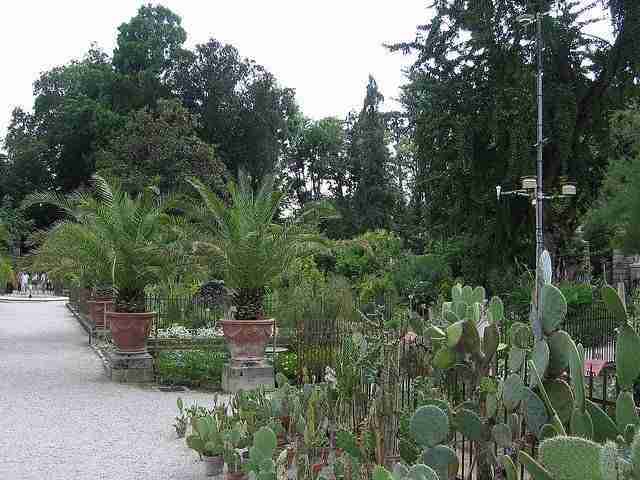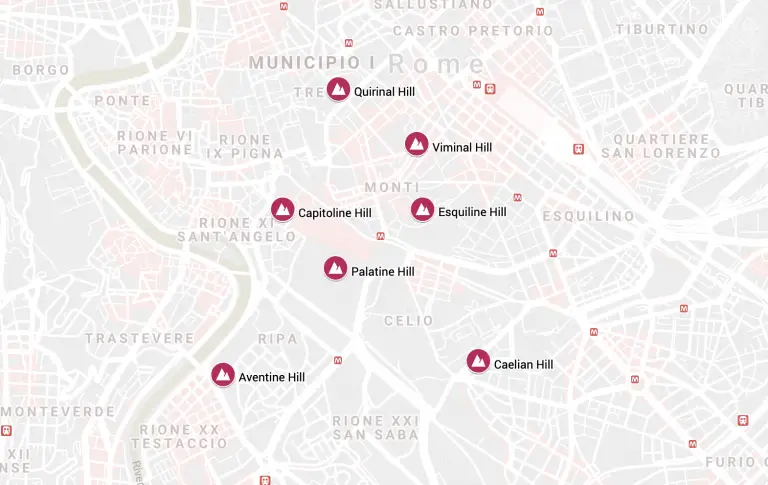
It has been said (too many times) that all roads lead to Rome. But did you know that you could trace botanical medicine and even the environmental movement to 16th century Italy? It was here in the city of Pisa (1544) then Padua (1545) that the world’s first botanical gardens were set up.

This month’s Italy Blogging Roundtable topic is “roots” – a nod to spring. And what better nod to spring than to go straight to the garden? I’ve covered gardens in this blog before, from a mention of the reissue of Edith Wharton’s book Italian Villas and Their Gardens to Cortili Aperti, the “open courtyards” initiative that each year gives visitors a chance to check out gardens and courtyards at private estates. But I’ve yet to touch on Italy’s many botanical gardens, which are almost always historically linked with their cities’ universities.
The Orto Botanico di Padova is the world’s oldest academic garden still in its original location and it has been a model for all subsequent botanical gardens around the world.
From the beginning, the mission of the Orto Botanico di Padova has been to collect local and unique plant life, maintain an herbarium for the study of plants for use in medicine, and educate the public on botany, horticulture, and the need for plant conservation. The Orto Botanico di Padova is one of Italy’s UNESCO World Heritage Sites, having been inscribed in 1997. The most famous plant specimen at the Padua Botanic Gardens is a Mediterranean Palm, the “Goethe Palm,” which dates from 1585 and was written about by Goethe. Additionally, the gardens have a library and a museum. The Orto Botanico di Padova is open daily from April to October; from October to April, it is open mornings Monday through Saturday.
An Italian visitor to the Orto Botanico di Padova took a comprehensive tour of the gardens and created this video:
While Padova can claim to have the world’s oldest botanical gardens still in their original location, the city of Pisa is where the first academic gardens were founded.
The botanist Luca Ghini, at the behest of Cosimo de’ Medici, set up the University of Pisa’s botanical gardens in 1544. However, the garden moved twice, in 1563 and 1591, before settling at its current location. My Italy Blogging Roundtable colleague Gloria has a beautiful post about the Orto Botanico di Pisa, complete with photos.
Italy’s botanical gardens don’t often make it on the tourist itinerary. But they are actually quite ideal, as most are located near the city center and often a quiet respite from sightseeing. Other Italian cities with well-positioned botanical gardens include Rome (near Trastevere), Bologna, Milan (it has two: Brera and Città Studio), and Palermo, to name just a few.
Read the posts, leave comments, share them with your friends – and tune in next month for another Italy Blogging Roundtable topic.
- ArtTrav – How to put down roots in another country
- At Home in Tuscany – Roots and Other Roots
- Brigolante – Zen and the Art of Making Gnocchi
- WhyGo Italy – Tracing Your Italian Roots
Photo Flickr/Ned Raggett
Last updated on May 17th, 2023Post first published on March 14, 2012






